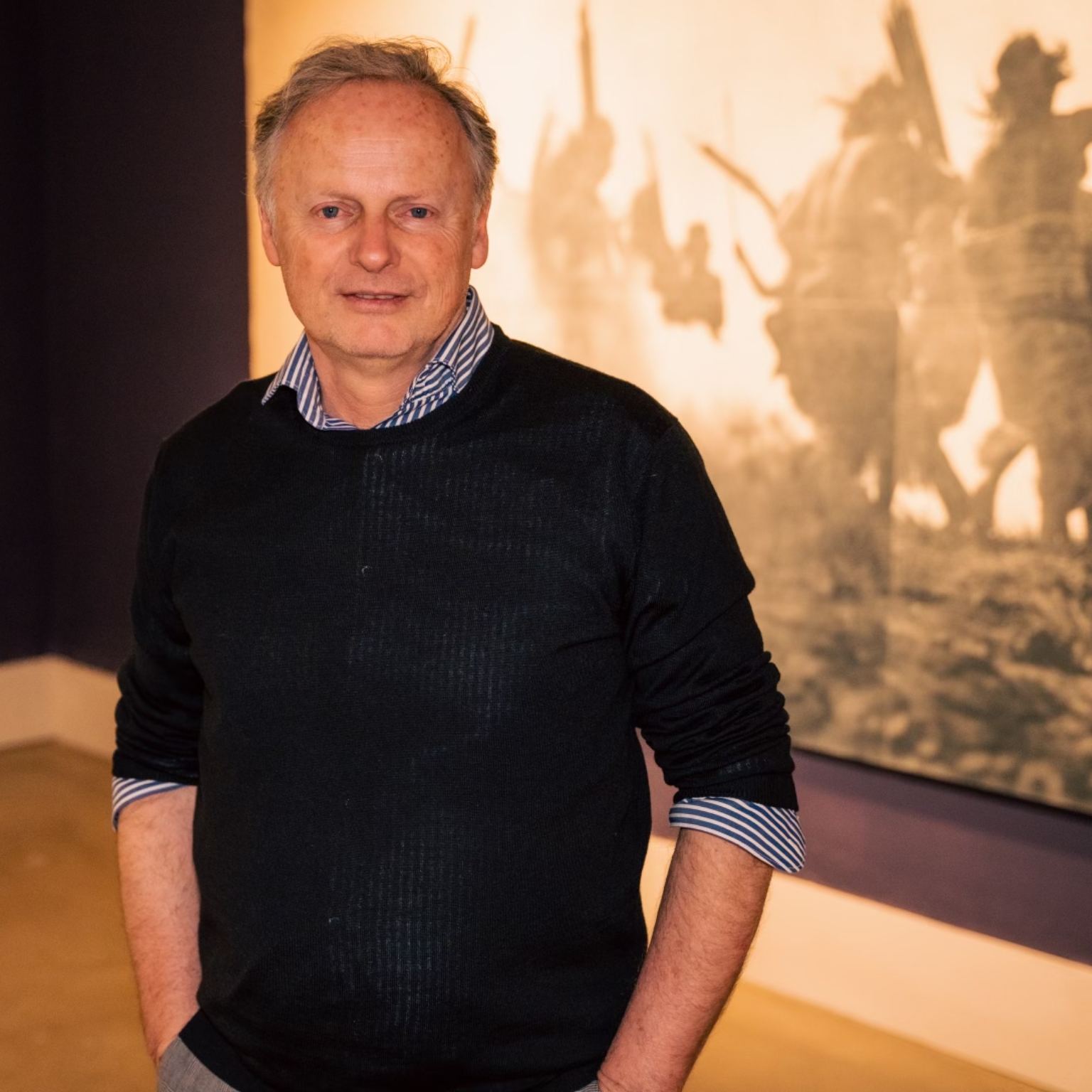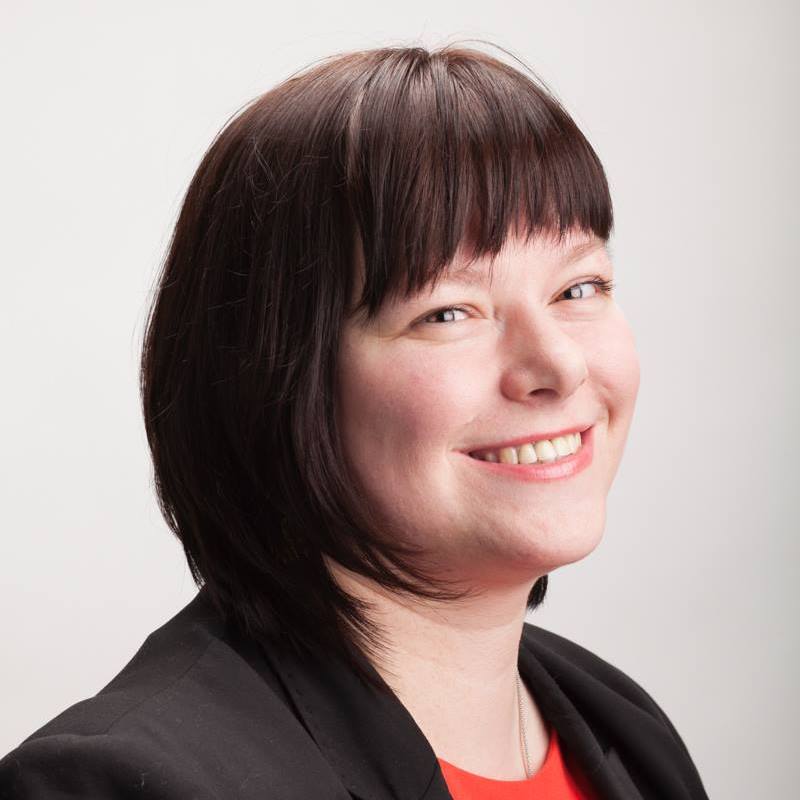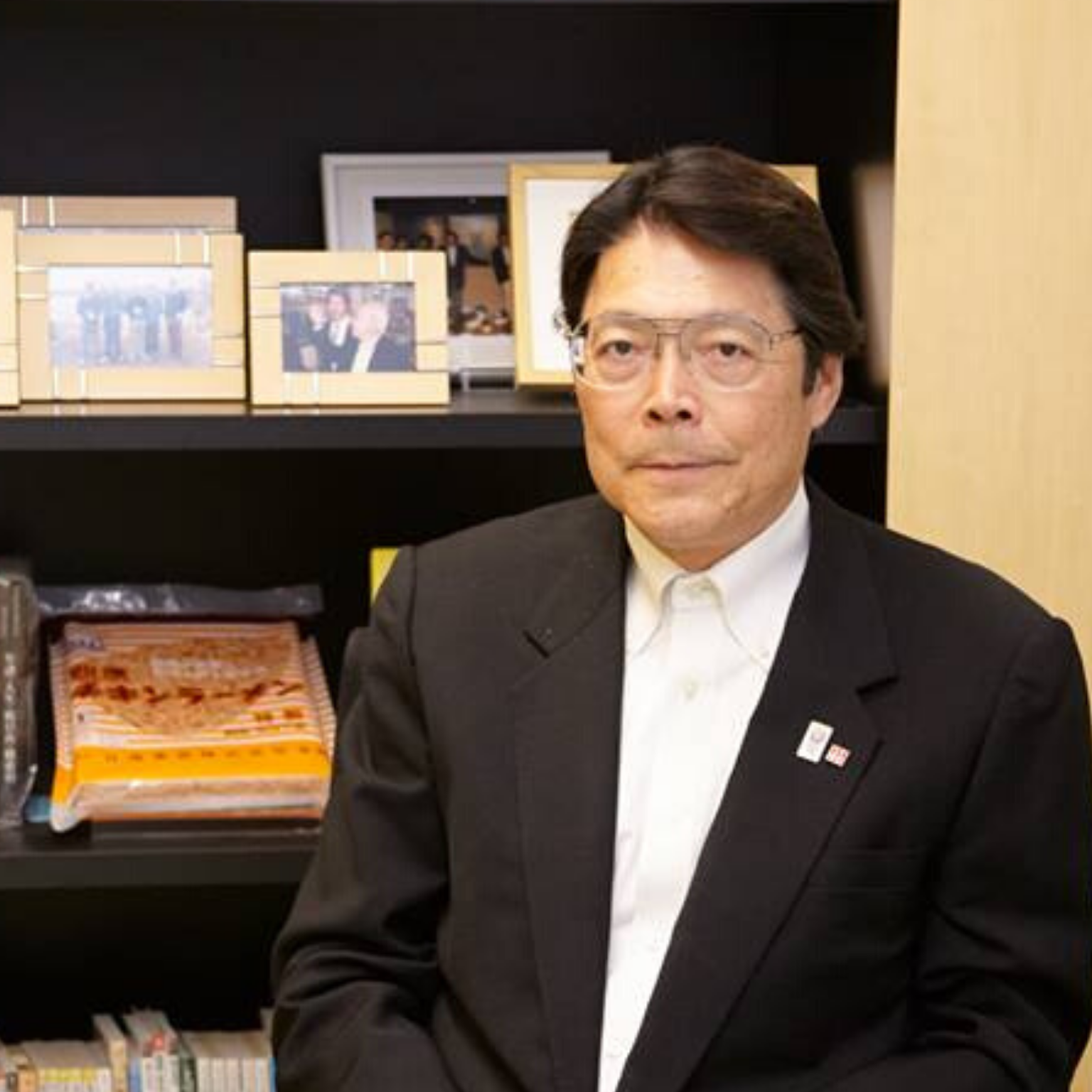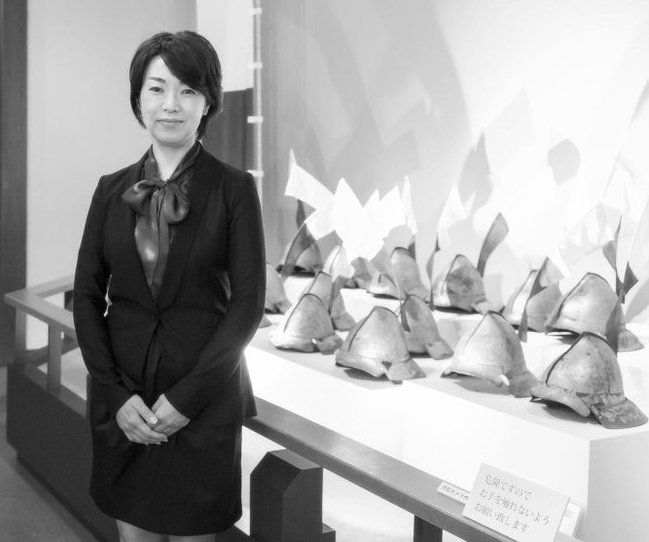Christoph Rahofer, director of the Santa Monica Art Museum, United States. Photo © Courtesy of the museum
What is your museum about and what is your work there?
The Santa Monica Art Museum – SMAM celebrates the creative process of artists and invites visitors to engage with them and their work. SMAM is not only a traditional art museum but rather an “artist museum”, providing space, technology, and resources for artists to express, conceptualize, and prototype their work.
The museum embraces the cultural blur and the many aspects of the classic institutional model while using these forms and expectations to expand its potential. Creating something new involves risks and experimentation. SMAM learns these virtues from its artists and views the role of the art museum as a creative practice. Most museums are founded. This museum is created. I am the museum director of SMAM and responsible for the museum’s strategic direction.
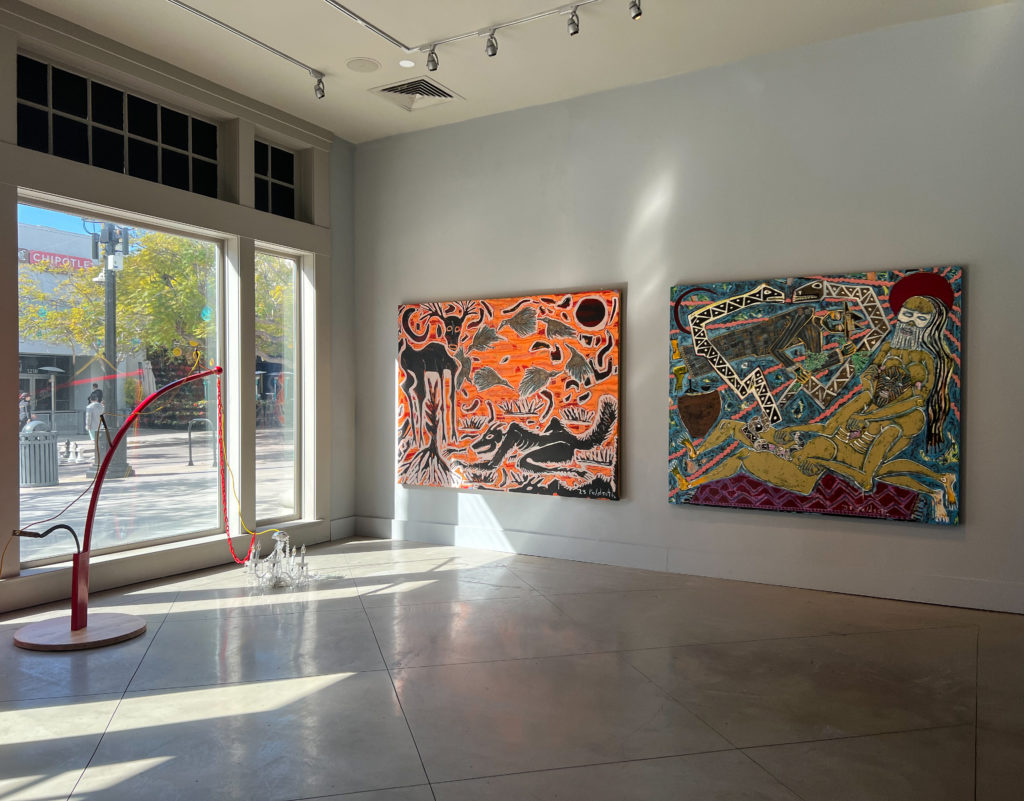
What inspired you to pursue a career in the museum field and how did you get started in the industry?
For 25 years, I’ve had museums on 5 continents as clients, and I have supplied them with interactive attractions and touring exhibitions. My role has always been to bring entertainment, infotainment, and excitement to audiences of all backgrounds, cultures, and languages. At this intersection with SMAM, I have put myself into the role of my clients and friends and can see how inspiring this role can be, how critical museums are for communities, and how they might respond to contemporary culture at large.
Can you walk us through a typical day in your role at the museum?
Since I live 7,000 miles away in Europe, I have a great time “Looking West”, which happens to be the title of our current exhibition at SMAM. When I am not on-site, I often spend time talking with my team in Santa Monica, which does an amazing job representing my intentions and our mission statement for the museum.
What innovative technologies or techniques have you implemented or seen implemented in museums in recent years?
Museums have been at the early stages or in some cases the first developers of such technologies over the years. Video guides, apps, virtual reality, hologram technology, augmented reality, NFTs (Non-Fungible Tokens), generative content, the metaverse, Web3, and now artificial intelligence – these are all areas that SMAM is either already utilizing in its current programming or interested in exploring further in the near future.

How does your museum work to engage and educate diverse audiences, including underrepresented communities?
We welcome audiences as well as artists from all communities to attend and present art at our museum. While we are California-based, we are internationally-minded. New media art and virtual reality, for instance, allow for this seamless global experience that can cross boundaries, both in terms of the artists producing such work and the issues they are addressing. We are eager to continue including more diverse artists working in such a way as well as meet the desires and needs of our audiences.
Can you share an experience or project that you are particularly proud of from your time at the museum?
Our current exhibition, Looking West, was produced in an incredibly short amount of time, and, per our mission, primarily consists of work by California artists of diverse backgrounds utilizing immersive technologies where possible. This expanded to include artists from bitforms gallery, curated VR libraries from Vortic and GAZELL.iO, and an NFT exhibition by SuperRare. The exhibition has turned out so well that we are pleased to announce that it has been extended until May 21, 2023.
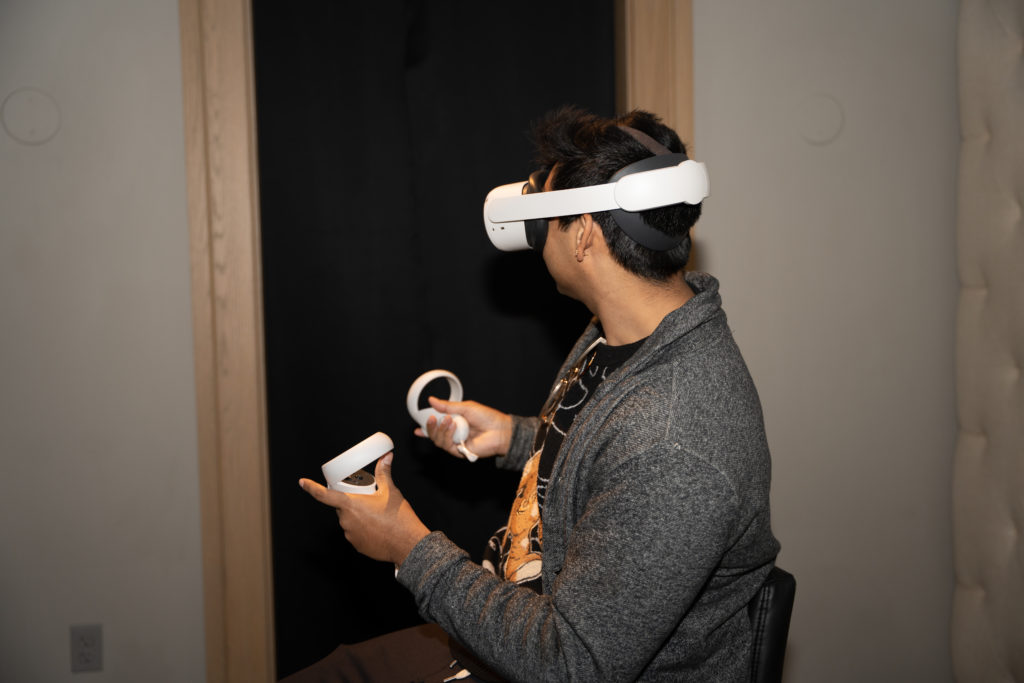
How does your museum collaborate with other cultural institutions or organizations to achieve common goals?
We have the benefit of partnerships with a lot of the leading art world institutions. As I mentioned, collaborating with the likes of bitforms gallery, Vortic, GAZELL.iO, and SuperRare, to name a few, is an immense honor and allows us to widen the scope of what visitors expect and can experience at a museum that embraces the cutting-edge of technology and new media in the contemporary art world alongside more traditional presentations of art.
I believe that SMAM will spearhead technological innovation and art experiences and become a model for the entire museum world. We are inviting cultural institutions just like artists to help us create the art museum of the future.
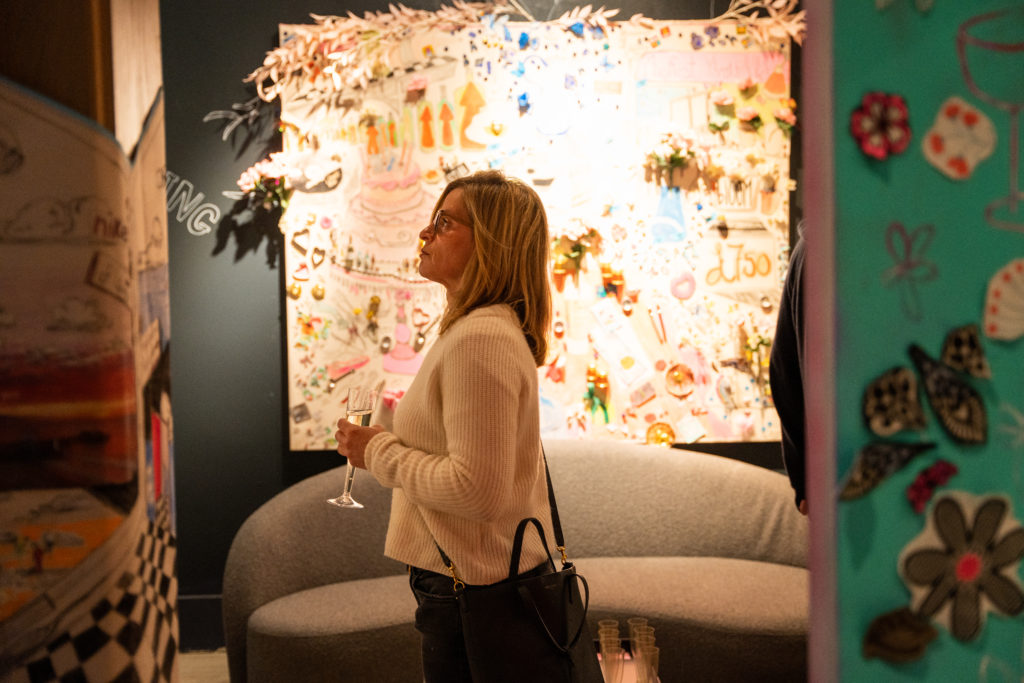
What do you see as some of the biggest challenges facing museums in the next 5-10 years, and how do you plan to address them?
Museums will have to keep up with technological changes and innovation. I find most museums can be relatively slow in adapting to the future in this respect. This will be the biggest challenge to remain relevant and engaging for audiences.
Interview by Fabio Pariante, journalist / Twitter – Instagram
